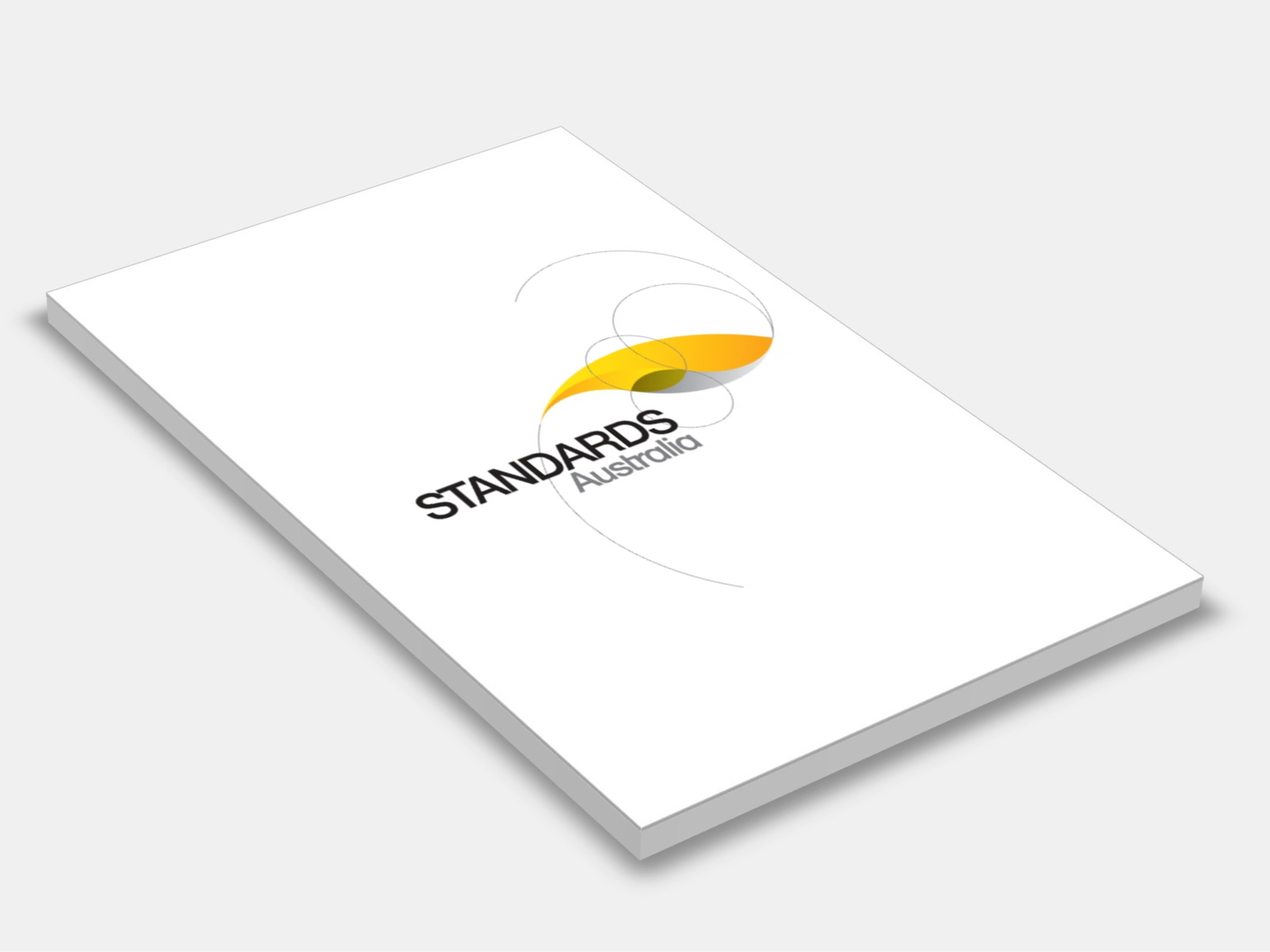
Type
Publisher
Standards Australia
Publisher
Standards Australia
Version:
Fourth Edition 2011.
(Pending Revision)
Short Description
Sets out requirements for the classification of a site and the design and construction of a footing system for a single dwelling house, town house or the like which may be detached or separated by a party wall or common wall but not situated vertically above or below another dwelling.
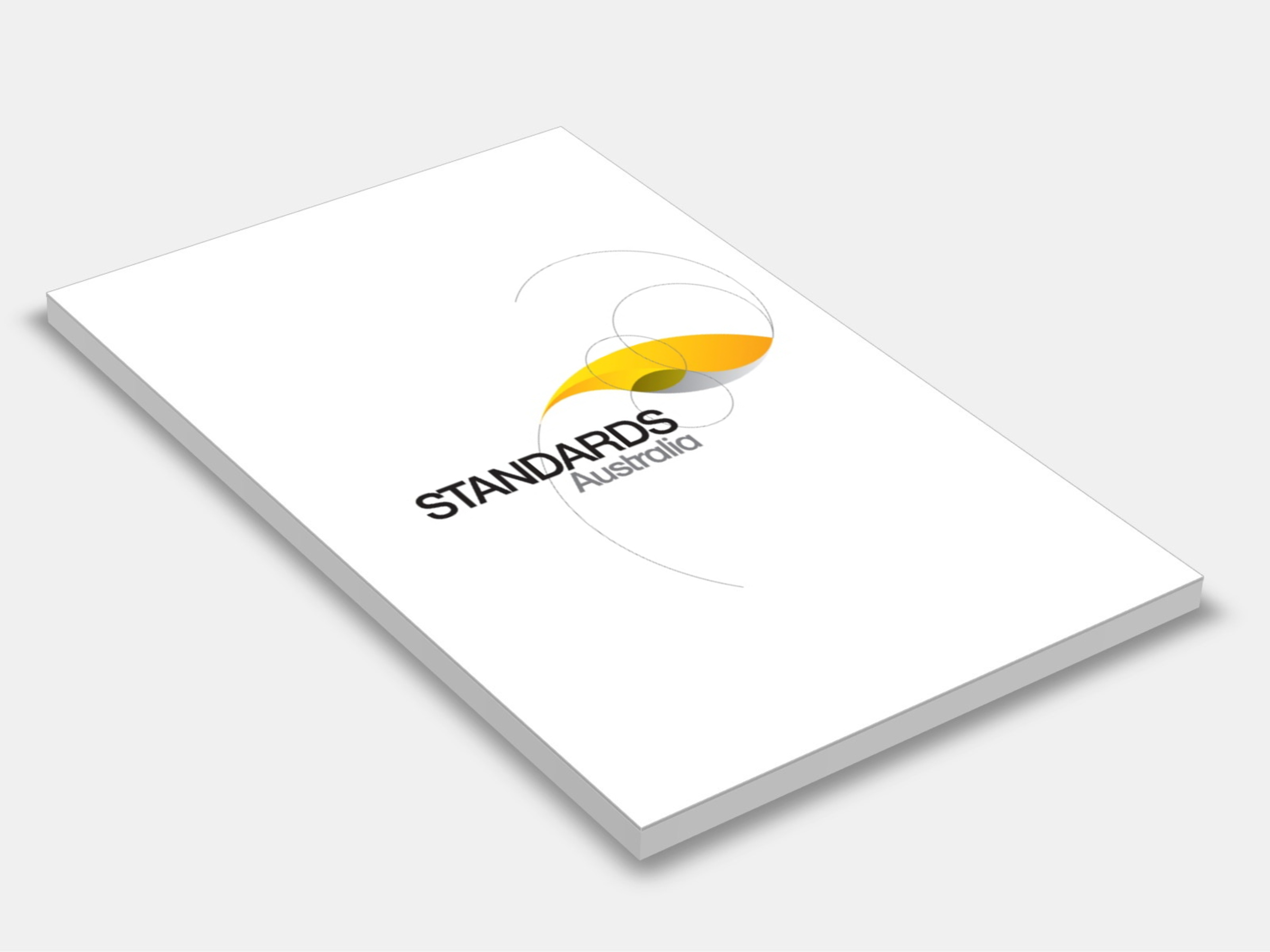
Type
Publisher
Standards Australia
Publisher
Standards Australia
Version:
Second Edition 1995.
(Current)
Short Description
Specifies requirements for the design, fabrication, erection and stripping of formwork as well as the evaluation and repair of the formed concrete surface; colour evaluation charts are included in an Appendix.
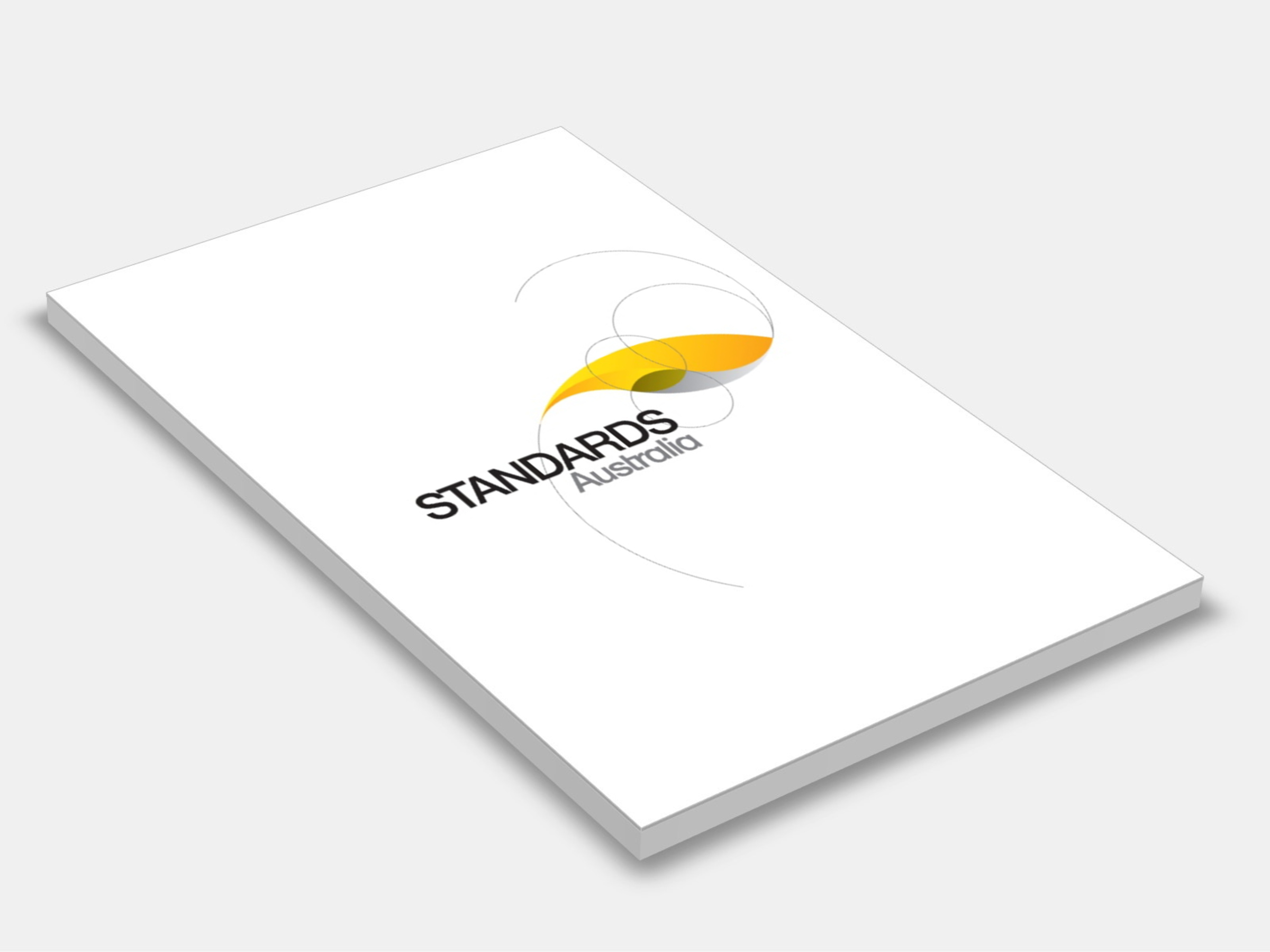
Type
Publisher
Standards Australia
Publisher
Standards Australia
Version:
Fifth Edition 2018.
(Current)
Short Description
The AS 3600 Concrete code; AS 3600 2009 specifies minimum requirements for the design and construction of concrete building structures and members that contain reinforcing steel or tendons, or both; sets out requirements for plain concrete and pedestal footings.
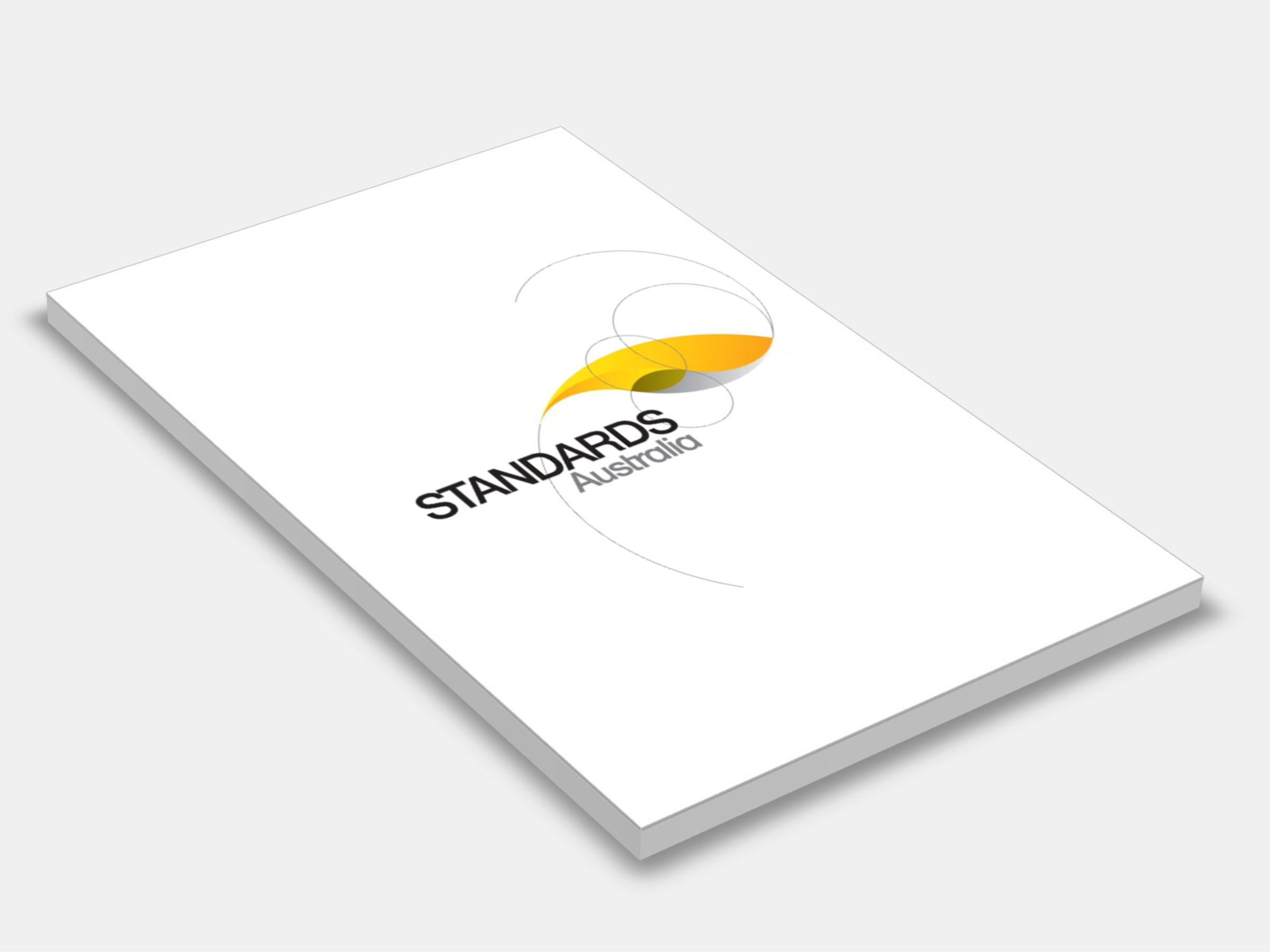
Type
Publisher
Standards Australia
Publisher
Standards Australia
Version:
Second Edition 2018.
(Current)
Short Description
This Standard provides methods for determining the performance of external construction elements when exposed to radiant heat, burning embers and burning debris.
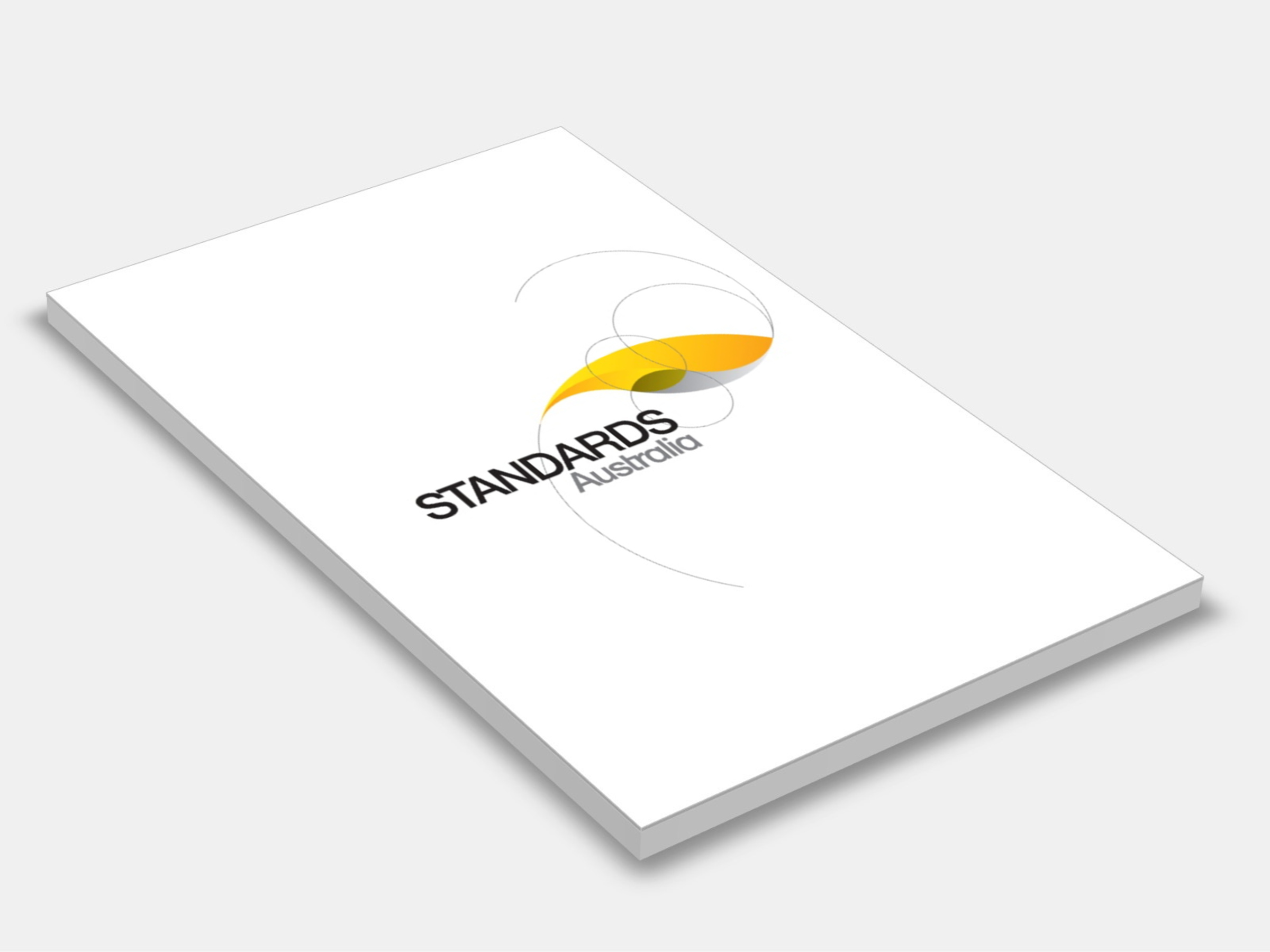
Type
Publisher
Standards Australia/Standards New Zealand
Publisher
Standards Australia/Standards New Zealand
Version:
Second Edition 2012.
(Current)
Short Description
AS/NZS 1547:2012 provides the requirements for treatment units and their respective land application systems to achieve sustainable and effective on-site domestic wastewater management, to protect public health and the environment. This Standard identifies the performance statements that cover the overall design and sustainable management of on-site domestic wastewater systems.
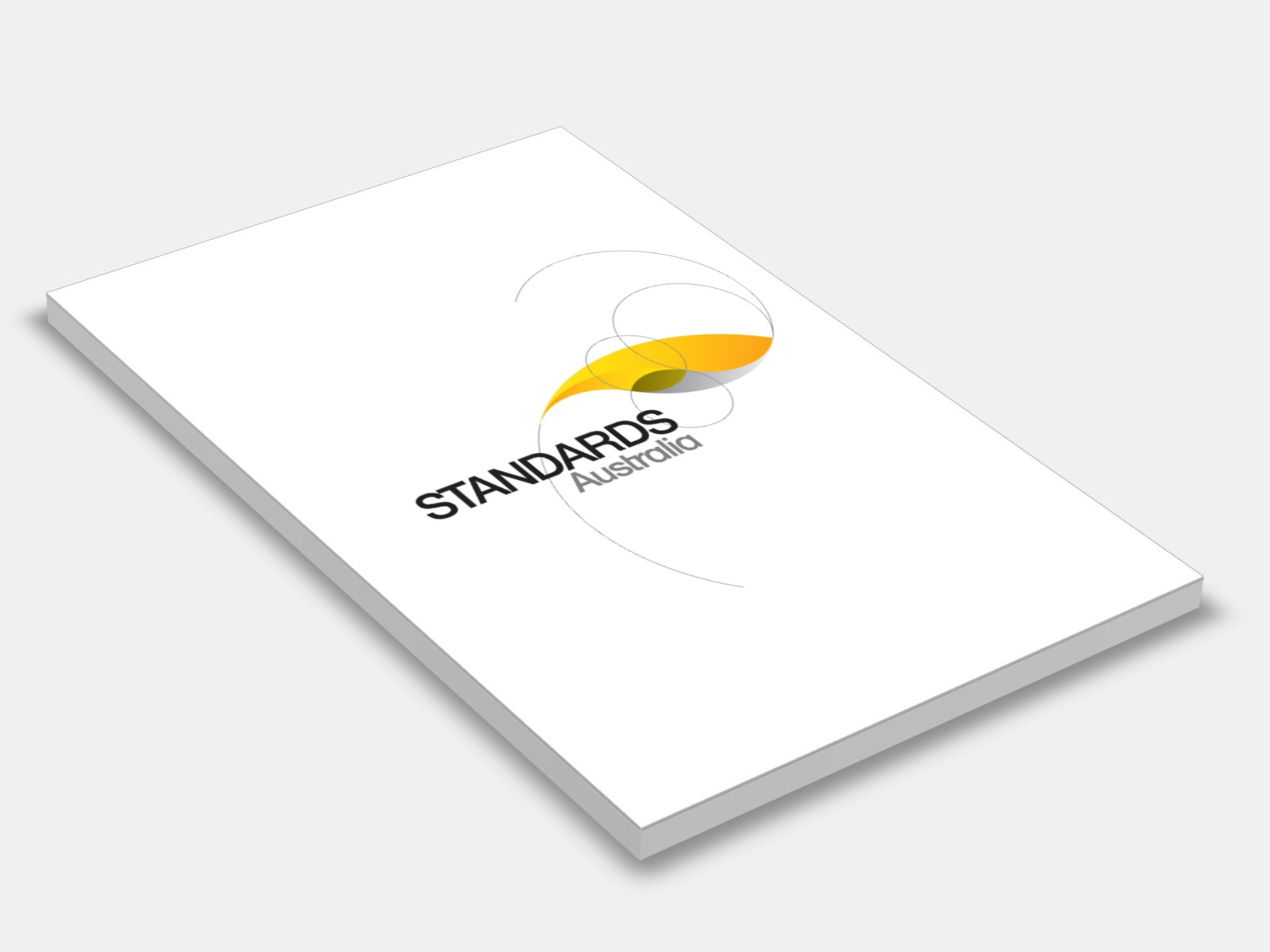
Type
Publisher
Standards Australia
Publisher
Standards Australia
Version:
Fourth Edition 2019.
(Current)
Short Description
The 2018 edition of AS 3959 is amended as follows; the amendments should be inserted in the appropriate places.
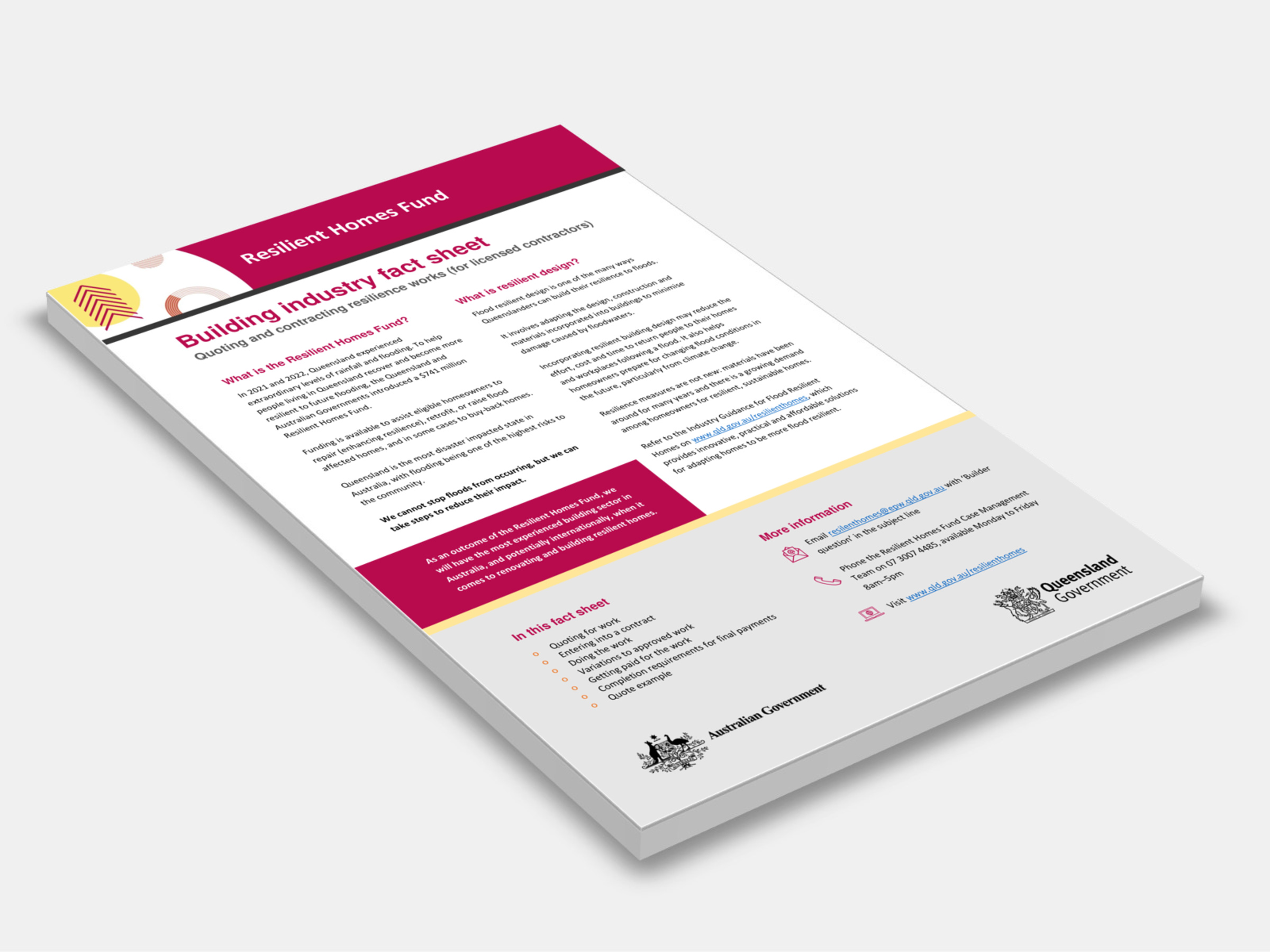
Type
Publisher
Queensland Government
Publisher
Queensland Government
Version:
2023.
(Current)
Short Description
Flood resilient design is one of the many ways Queenslanders can build their resilience to floods.
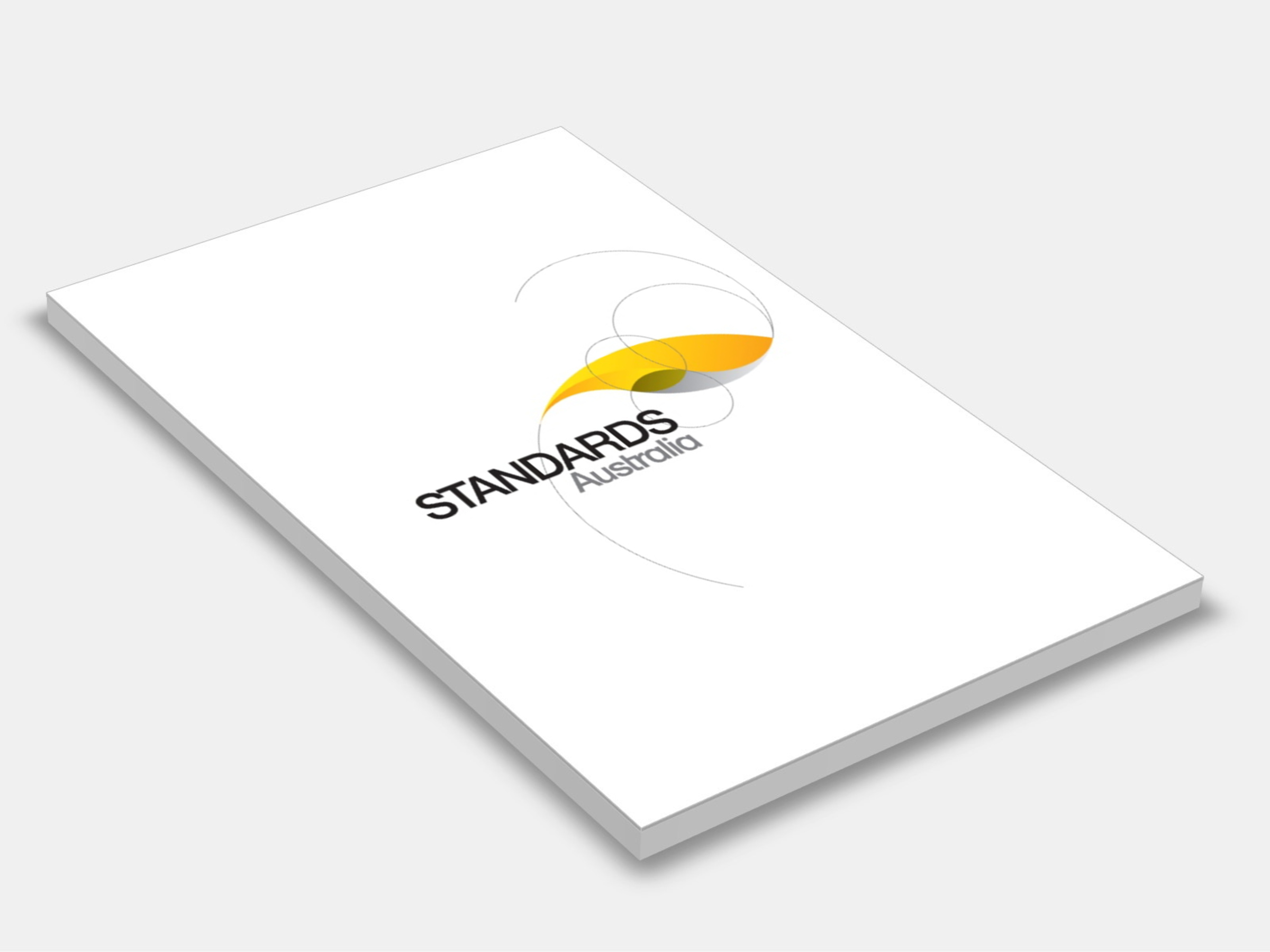
Type
Publisher
Standards Australia
Publisher
Standards Australia
Version:
Fourth Edition 2020.
(Current)
Short Description
The 2018 edition of AS 3959 is amended as follows; the amendments should be inserted in the appropriate places.
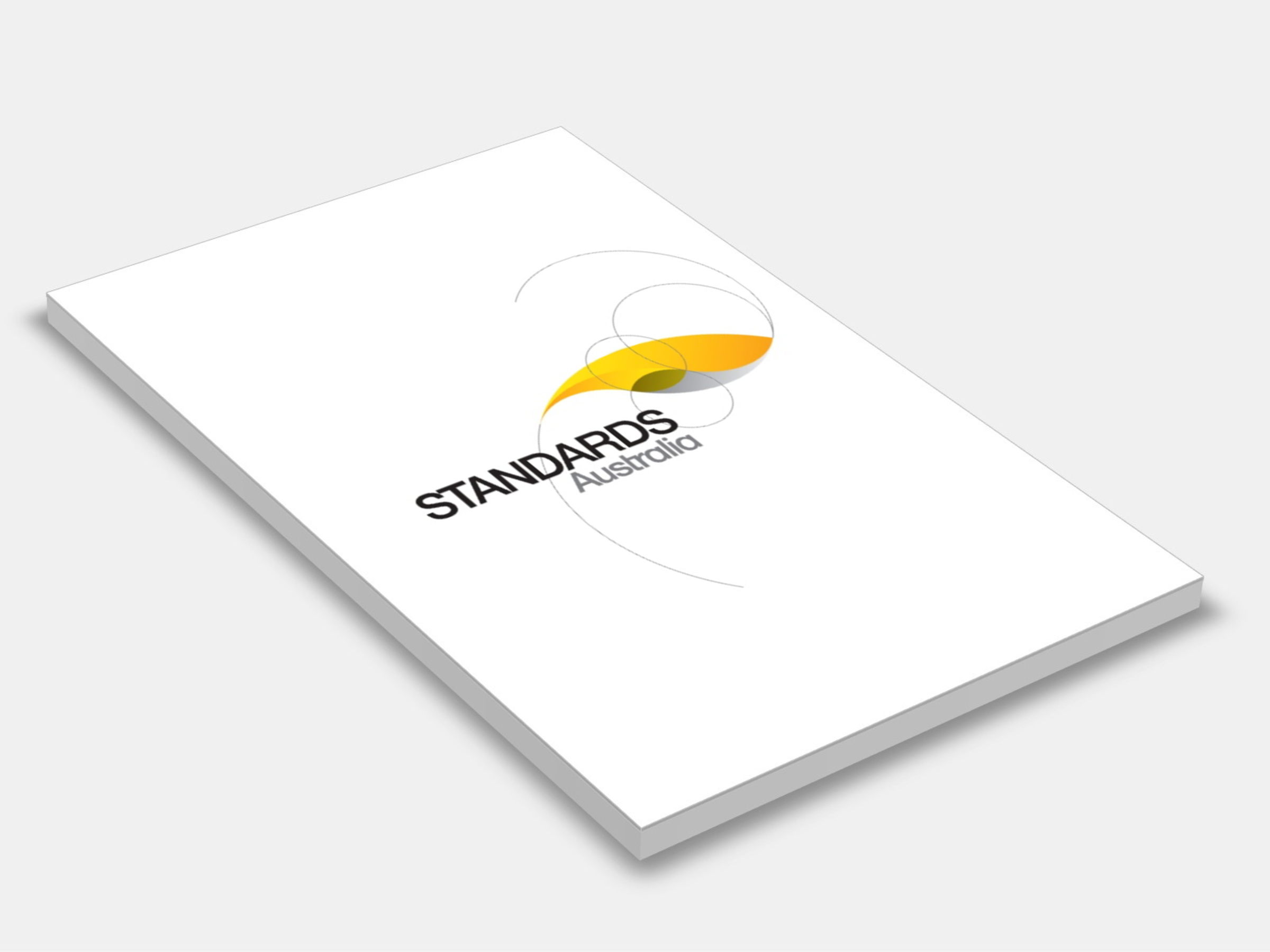
Type
Publisher
Standards Australia
Publisher
Standards Australia
Version:
Second Edition 2007.
(Current)
Short Description
Sets out data and procedures for determining earthquake loads on structures and their components, and also minimum detailing requirements for structures; domestic structures are covered in an Appendix.

Type
Publisher
NatHERS
Publisher
NatHERS
Version:
2022.
(Current)
Short Description
The Nationwide House Energy Rating Scheme, or NatHERS, is being expanded to include Whole of Home assessments and ratings to support the proposed National Construction Code energy efficiency requirements for residential buildings in 2022; the changes will help households improve a home's energy efficiency and reduce energy use, which provides a range of benefits including lower energy bills, improved comfort and health for occupants, and reduced carbon emissions.